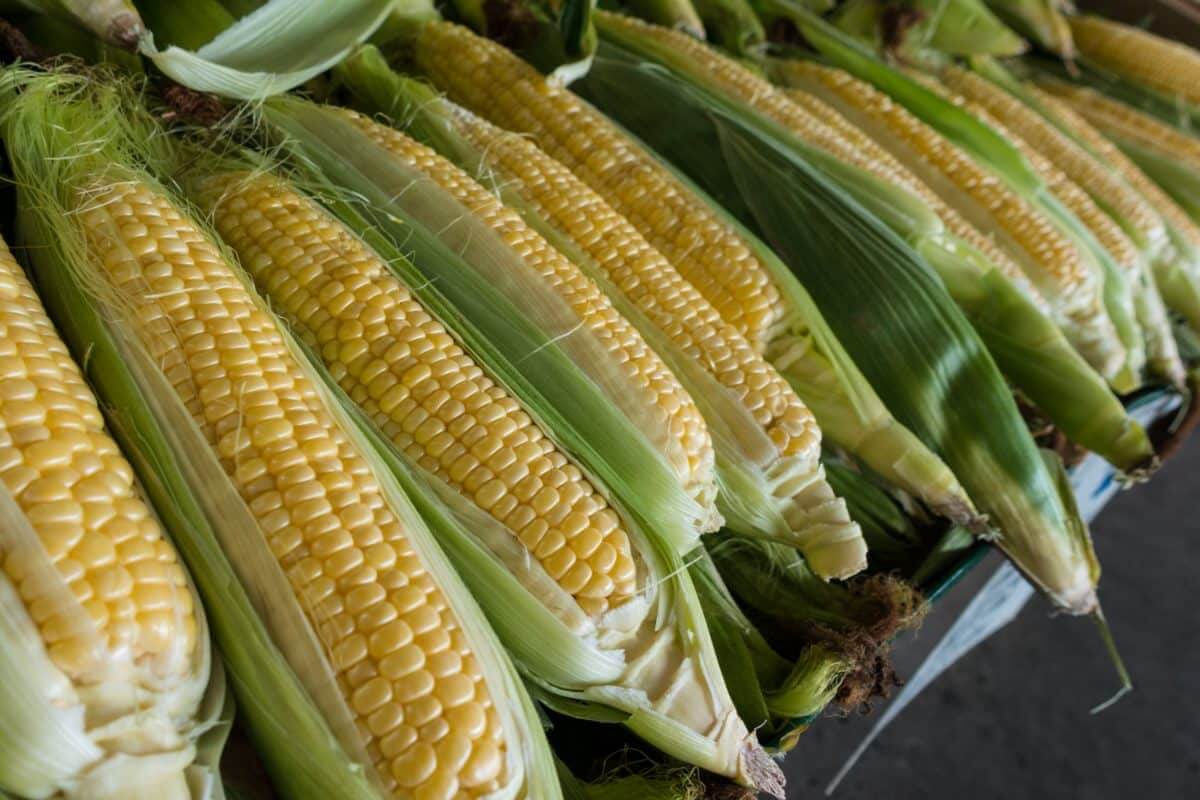Corn Barge Bids Decline


Corn Barge Bids Decline As Exporter Demand Slows
Traders said the basis bids for maize corn barged to the U.S. Gulf Coast fell on Thursday, suggesting a slowdown in exporters’ demand and recent drops in barge freight costs.
After softening this week due to better river conditions in the Midwest and low demand from shippers, bids and offers for empty barges remained relatively unchanged.
In its monthly supply/demand report, the U.S. Department of Agriculture revised its prediction for U.S. corn exports in 2022–2023 (WASDE06) downward by 150 million bushels, noting “the poor pace of shipments through December.”
On Thursday, CIF corn barges loaded in January were offered at 86 cents over March (CH3) futures on the Chicago Board of Trade (CBOT), down 5 cents from the previous day. Corn barges loaded in March were exchanged at 87 cents over March futures, a penny less than on Wednesday.
Corn FOB offers loaded at the Gulf in January were approximately 105 cents over March futures, down 5 cents from Wednesday, while loadings in February were approximately 100 cents over March futures, also down a nickel.
In the case of soybeans, barges loaded in January were re-bid at 114 cents over March futures and traded at 126 cents over March (SH3) CBOT futures, with offers hovering around 128 cents over futures. The bid for February soy barges remained constant from Wednesday at 103 cents over March (SH3) futures.
More About The Corn Barges
February loadings increased 2 cents to 132 cents over March futures. However, FOB offers for soybeans loaded in January remained stable at roughly 140 cents above March futures.
Following suspicions of odd cargoes being booked at this time of the year, a Brazilian trade body representing international grain merchants confirmed that it was “atypical.” According to Anec, which represents companies like Cargill and Bunge, Brazilian soy supplies are required because a wave drained local stocks of Argentine soy sales sparked by the government’s “soy dollar” initiative in the fourth quarter of the year.
The fuel cost is an indirect measure of a significant portion of the price of grain. Fuel is used (a lot) in the production of corn and transporting it to markets. Additionally, ethanol is produced using corn as a fuel additive.
We should expect continuous increases in maize prices as long as federal policy prioritizes ethanol as a motor fuel component. It is no surprise that political candidates are expected to trample through the snow in Iowa every four years to worship the Corn God, whose altar has become the ethanol business.
The post Corn Barge Bids Decline appeared first on FinanceBrokerage.



